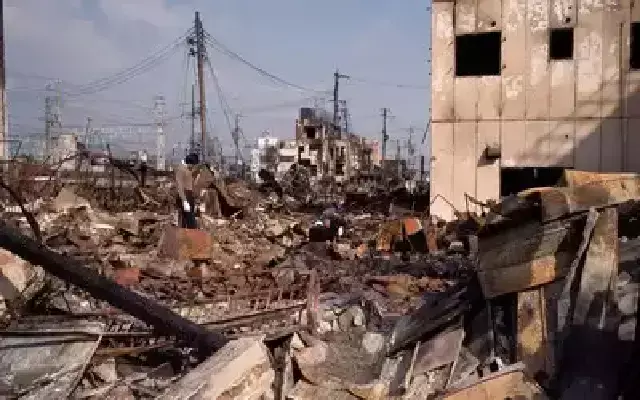
Great Himalayan Earthquake: Inevitable and Devastating
For decades, scientists have been warning of a massive earthquake brewing beneath the Himalayan belt, a seismic event that could devastate northern India and beyond. Known as the Great Himalayan Earthquake, this looming threat is not speculative, but inevitable. Renowned geophysicist Roger Bilham has been sounding the alarm, emphasizing that India slides about 2 meters under southern Tibet every 100 years.
The Himalayan region is one of the most seismically active areas on the planet, with the Indian plate moving northwards at a rate of about 6-7 centimeters per year. This relentless movement has resulted in the formation of the Himalayan mountain range, but it also creates a massive buildup of stress in the Earth’s crust. It’s only a matter of time before this stress is released in the form of a massive earthquake.
The consequences of such an event would be catastrophic. The Great Himalayan Earthquake could release energy equivalent to tens of thousands of atomic bombs, causing widespread destruction and loss of life. The impact would be felt not only in northern India but also in neighboring countries, including Nepal, Bhutan, and Pakistan.
The threat of the Great Himalayan Earthquake is not new. In the 1930s, a devastating earthquake struck the region, killing over 10,000 people and injuring many more. Since then, there have been several significant earthquakes in the region, including a massive 7.8-magnitude quake in 2015 that killed over 9,000 people and left thousands more homeless.
Despite these warnings and the potential for disaster, many people in the region are still unaware of the risks they face. A recent survey found that over 70% of respondents in the Indian state of Uttarakhand had no idea about the likelihood of a major earthquake in the region.
So, what can be done to prepare for the inevitable? The first step is to acknowledge the threat and take it seriously. Governments and emergency services need to develop and implement effective disaster response plans, including evacuation procedures, emergency shelters, and search and rescue operations.
Individuals can also take steps to prepare for the worst. This includes having a family emergency plan, practicing earthquake drills, and having a disaster survival kit ready. It’s also essential to stay informed about earthquake risk and take steps to mitigate the impact of an earthquake, such as securing heavy furniture and objects, and having a backup plan for essential services like power and water.
In addition to preparation, it’s also crucial to invest in earthquake-resistant infrastructure. This includes building codes that take into account the seismic risk of the region, and retrofitting existing buildings to make them more resilient to earthquakes.
The Great Himalayan Earthquake is not a distant threat, but a looming reality that requires immediate attention. It’s essential that governments, emergency services, and individuals take the necessary steps to prepare for this inevitable event. By doing so, we can minimize the damage and loss of life, and ensure that the region is better equipped to face the challenges that lie ahead.






